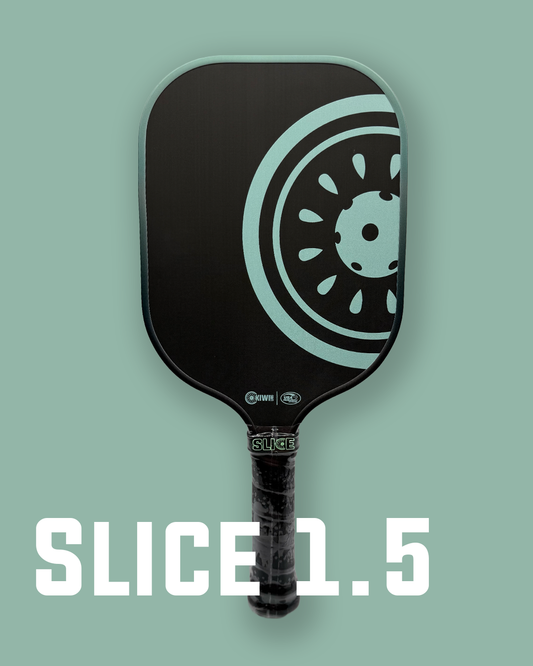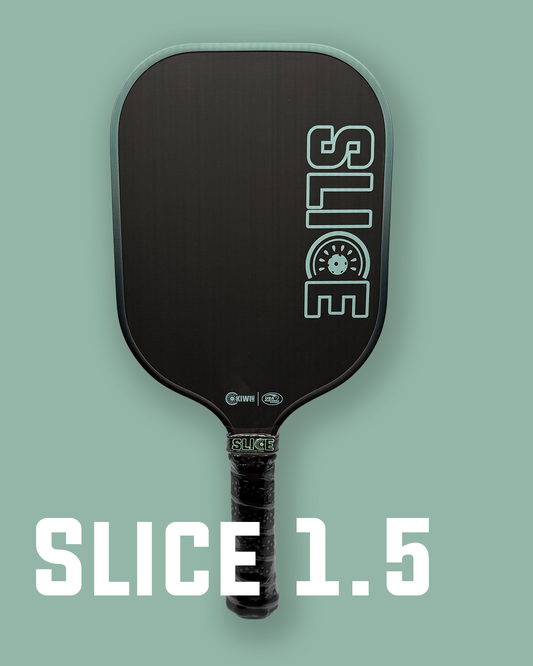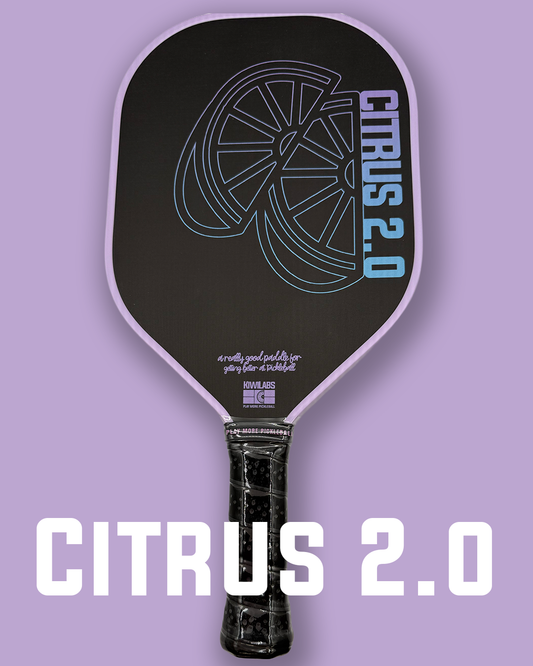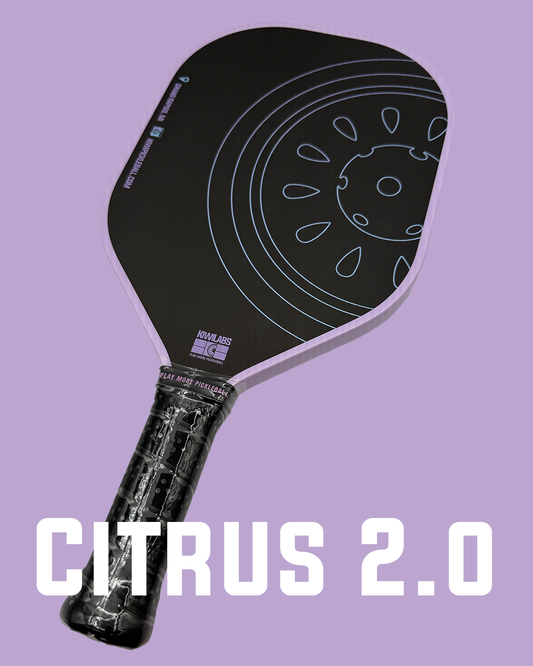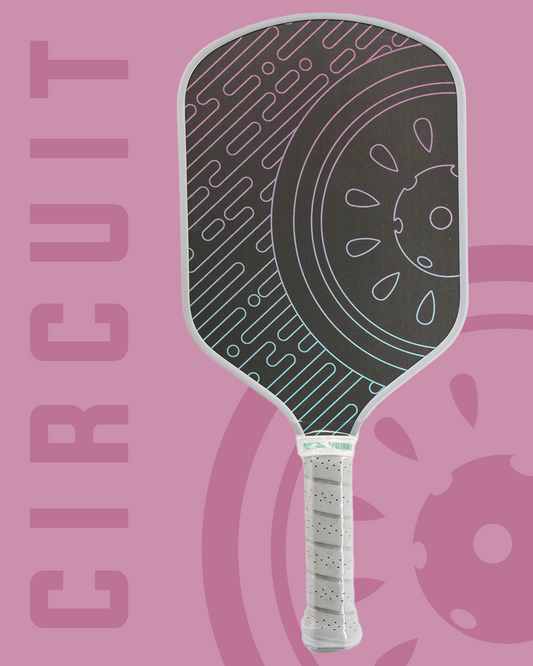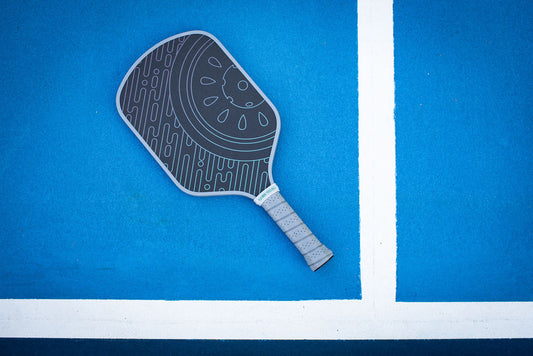Mastering the Pickleball Court Size: The Key to Winning Strategies and Ultimate Game Performance
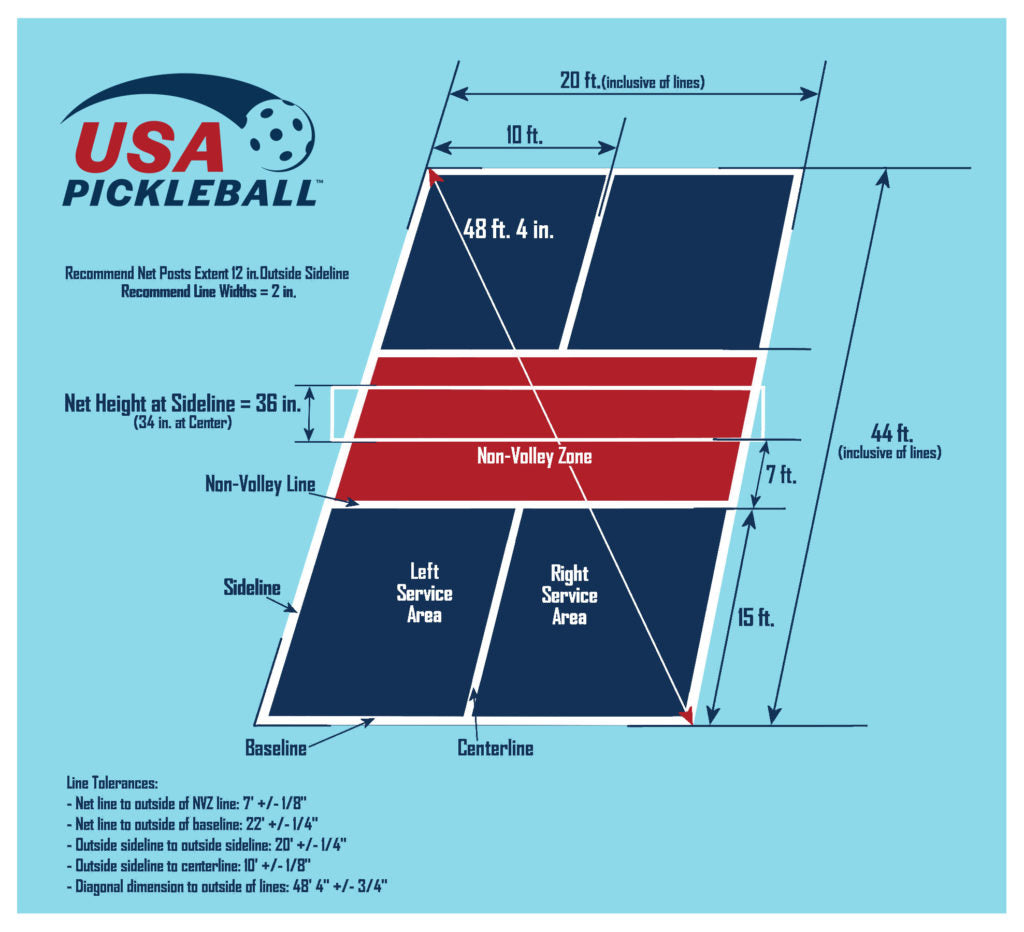
Wait? I just want to know the dimentions of a pickleball court... So What's the size of a standard court?
The standard pickleball court is 20 feet wide by 44 ft long
Please explore USAP Pickleball's video for more information on setting up a court at your own home!
In this article, we will delve into the dimensions of a pickleball court and how they impact your gameplay. From the size of the playing area to the placement of the kitchen line, every element plays a crucial role in determining your success on the court. We will explore the nuances of each section of the court and provide valuable insights on how to utilize them to your advantage.
Whether you're a beginner looking to grasp the fundamentals or an experienced player aiming to sharpen your skills, this guide has got you covered. Discover the secrets to maximizing your court coverage, exploiting your opponent's weaknesses, and executing winning shots with precision.
Get ready to take your pickleball game to the next level by mastering the pickleball court size. Let's dive in and unlock the techniques that will make you a formidable force on the court.
Understanding the dimensions of a pickleball court
The court is further divided into specific zones that players must navigate strategically. The no-volley zone, also known as the kitchen, extends 7 feet from the net on each side and prohibits players from hitting volleys within this area. This zone requires players to master the art of positioning and placement, as it often becomes a battleground for quick exchanges and delicate shots.
The baseline, located at the farthest end of the court, serves as a boundary for serving and groundstrokes. Understanding the dimensions of these different areas allows players to plan their shots and movements effectively, leading to better court coverage and control.
The importance of court size in pickleball strategy
The smaller court size in pickleball compared to tennis requires players to be agile and responsive, as the ball travels at a faster pace. The reduced court dimensions also mean that players have less time to react to shots, making precision and shot placement critical to success.
Additionally, the size of the court impacts the effectiveness of certain shots and strategies. For example, on a smaller court, dinking becomes an essential skill, as it allows players to control the tempo of the game and set up winning shots. On the other hand, on a larger court, players may rely more on powerful groundstrokes and aggressive play to cover the increased distance.
Key differences between indoor and outdoor court size
Indoor courts are typically smaller in size compared to their outdoor counterparts. The reduced court dimensions in indoor pickleball make it necessary for players to focus on control and precision, as there is less space to cover. Shots that rely on finesse and shot placement, such as dinking and drop shots, are highly effective on indoor courts.
Outdoor courts, on the other hand, are usually larger in size. The increased court dimensions allow for more aggressive play, as players have more space to cover. Powerful groundstrokes and aggressive shots that can push opponents further back become more effective on outdoor courts.
Understanding the differences between indoor and outdoor court sizes enables players to adjust their gameplay and make the most out of the specific conditions they are playing in.
Tips for adapting your game to different court sizes
- Control the kitchen: On smaller courts, focus on maintaining control of the kitchen line. Mastering the art of dinking and drop shots will allow you to control the pace of the game and keep your opponents on their toes.
- Utilize power shots: On larger courts, take advantage of the increased space by incorporating powerful groundstrokes and aggressive shots. Push your opponents further back and create opportunities for winners.
- Adjust your movement: Adapt your movement and positioning based on the court size. On smaller courts, stay closer to the kitchen line to maintain control. On larger courts, be prepared to cover more ground and adjust your positioning accordingly.
- Vary shot selection: Mix up your shot selection based on the court size. On smaller courts, focus on finesse shots such as dinks and drop shots. On larger courts, incorporate more powerful shots and utilize the full width of the court.
By implementing these tips, you can adapt your game to different court sizes and optimize your performance on any pickleball court.
Strategies for utilizing the full court in singles play
- Move your opponent: Utilize deep shots to push your opponent further back, creating opportunities to attack the net. By forcing your opponent to cover more ground, you can exploit their weaknesses and create openings for winners.
- Mix up shot placement: Vary your shot placement to keep your opponent guessing. Aim for the sidelines to stretch their reach, and then switch to shots down the middle to catch them off guard. Mixing up shot placement makes it harder for your opponent to anticipate your next move.
- Stay aggressive: In singles play, staying aggressive and taking control of the net is crucial. By approaching the net and forcing your opponent to hit passing shots, you put yourself in a more dominant position. Maintain a balance of aggression and control to keep your opponent on the defensive.
By implementing these singles strategies and utilizing the full court, you can gain an advantage over your opponent and elevate your singles game to the next level.
Doubles tactics based on court size
On smaller courts, quick exchanges and precise shot placement become key. Both players should focus on maintaining control of the kitchen line and utilizing dinks and drop shots to keep opponents on their heels. Communication and coordination between partners are crucial to cover the smaller court effectively.
On larger courts, the game becomes more dynamic, with players covering more ground. Players should focus on hitting powerful shots to push opponents back and create openings for winners. Communication and teamwork are essential to cover the increased court dimensions effectively.
Understanding the impact of court size on doubles play allows teams to develop effective strategies and maximize their performance on the court.
The impact of court size on shot selection and placement
On smaller courts, finesse shots such as dinks and drop shots are highly effective. The reduced court size allows players to place shots precisely and control the pace of the game. Shots aimed at the sidelines and short angles can be particularly effective in creating openings and forcing opponents into difficult positions.
On larger courts, powerful groundstrokes and aggressive shots become more effective. The increased court dimensions provide more space for players to hit with power and push opponents further back. Shots down the middle and deep shots aimed at stretching opponents' reach are particularly effective on larger courts.
Understanding the impact of court size on shot selection and placement allows players to make informed decisions during gameplay and exploit their opponents' weaknesses effectively.
Training exercises to improve court coverage and movement
- Lateral movement drills: Set up cones or markers on the court and practice moving laterally from side to side. Focus on quick footwork and maintaining balance while covering the court.
- Reaction drills: Have a partner or coach feed you balls from different angles and practice reacting quickly to each shot. This will improve your reflexes and help you cover the court more effectively.
- Court sprint intervals: Set up markers at various points on the court and sprint between them at maximum speed. This exercise will improve your speed and endurance, allowing you to cover the court more efficiently.
- Shadowing drills: Mimic the movements of a skilled player and shadow their shots. This exercise helps improve footwork, positioning, and shot anticipation.
Incorporating these training exercises into your practice routine will help you improve your court coverage, movement, and overall performance in pickleball.
Conclusion: Mastering court size for enhanced pickleball performance
Whether you're playing singles or doubles, on an indoor or outdoor court, the insights provided in this article will equip you with the knowledge and techniques to optimize your gameplay. By mastering the pickleball court size, you will become a formidable force on the court, executing winning shots with precision and outmaneuvering your opponents.
So, get out there, practice, and embrace the challenge of mastering the pickleball court size. The court is waiting, and victory is within your reach.

